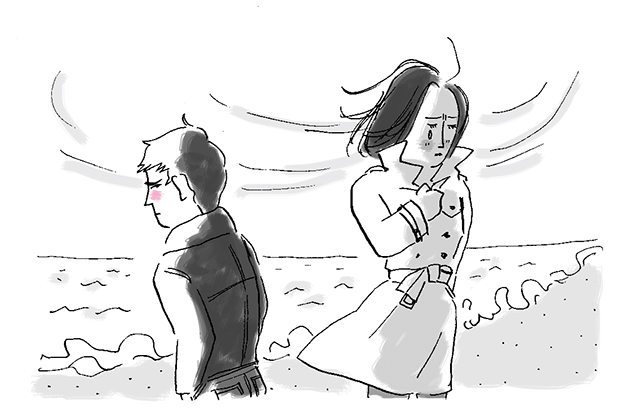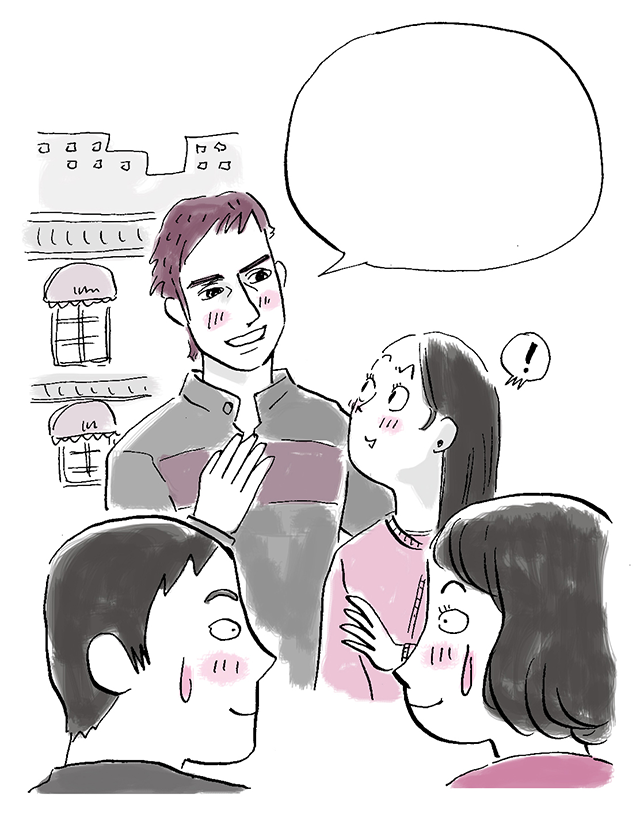How Do You Refer to Relations between “Men” and “Women”?

In media reports men are generally referred to as “dansei,” and women as “josei.” However, when reporting about criminal suspects, rather than dansei, “otoko” is used, and rather than josei, “onna.” In normal conversation, many people use “otoko no hito” and “onna no hito.” In the entrances of toilets you will find “male” and “female” symbols, or “otoko” and “onnna” kanji. To refer to both men and women, you should say “danjo.”

A female partner (girlfriend) is called “kanojo,” and a male partner (boyfriend), “kareshi.” Ex-partners are called “moto kare” (ex-boyfriend) or “moto kano” (ex-girlfriend). “Kare” (boyfriend) comes from the word for the male third person “kare” (he), and “kano” (girlfriend) from the female “kanojo.”
It used to be common to use “koibito” to refer to a person in an intimate relationship. The kanji “koi” of koibito, means “fall in love,” and “bito” (hito) means person.
“Aijin” is often misinterpreted as “koibito” by non-Japanese. The kanji “ai” of “aijin” means “love.” Non-Japanese are apt to misinterpret aijin as meaning sweetheart, but it actually refers to the lover of a person having an affair. There is also the word “renai,” which combines the kanji “koi ” and “ai.” This means “being in love,” but has a similar nuance to “romance.”
